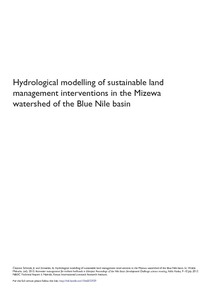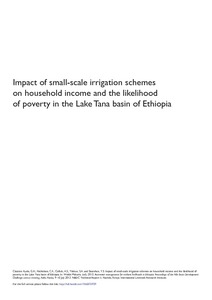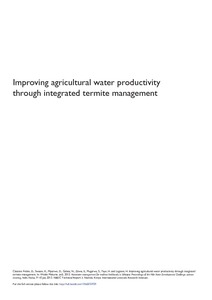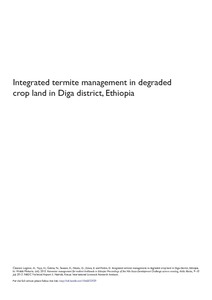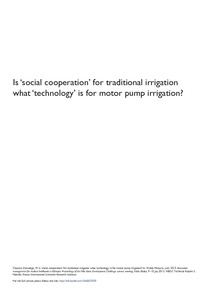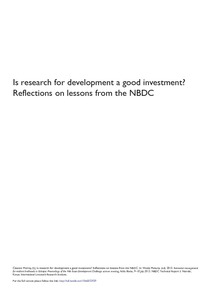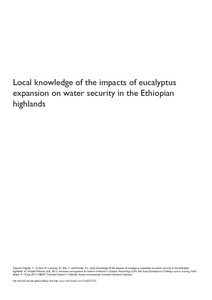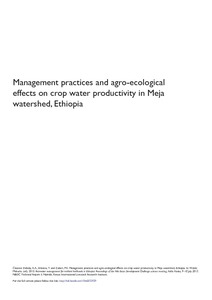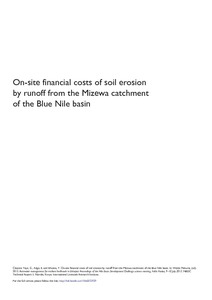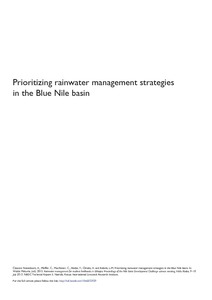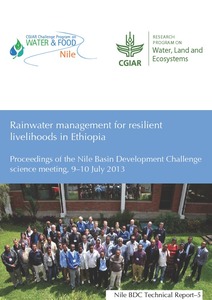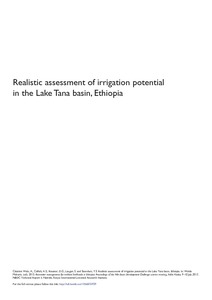Hydrological modelling of sustainable land management interventions in the Mizewa watershed of the Blue Nile basin
The current paper discusses the use of hydrological modelling tool to understand sustainable land management interventions in the Blue Nile basin of Ethiopia. A micro-watershed named Mizewa with a drainage area of 27 km2 in Fogera district was selected and instrumented with hydrological cycle observation networks in the year 2011. The SWAT hydrological modelling tool was used to simulate landscape-wide Soil and Water Conservation (SWC) investments.

